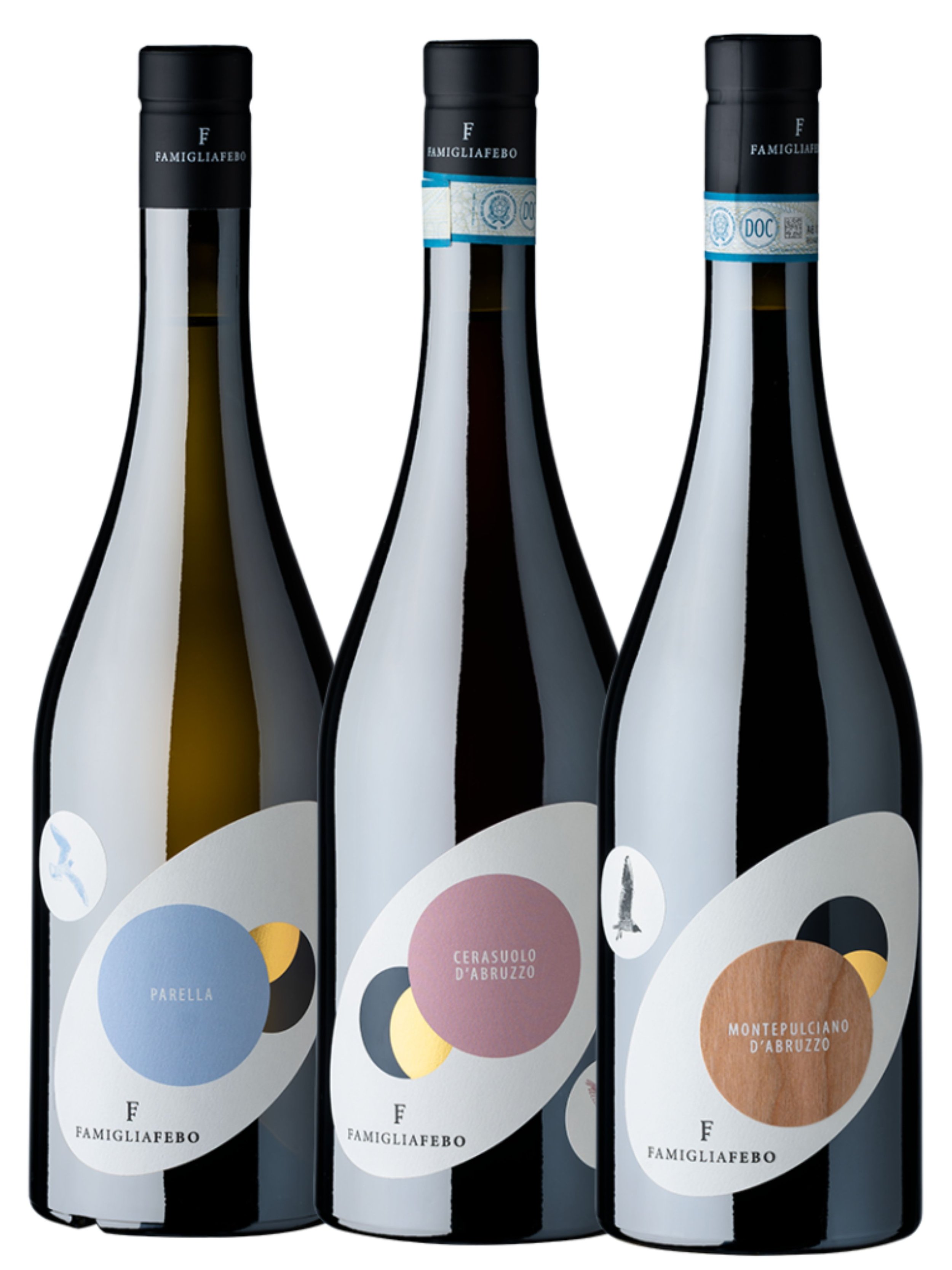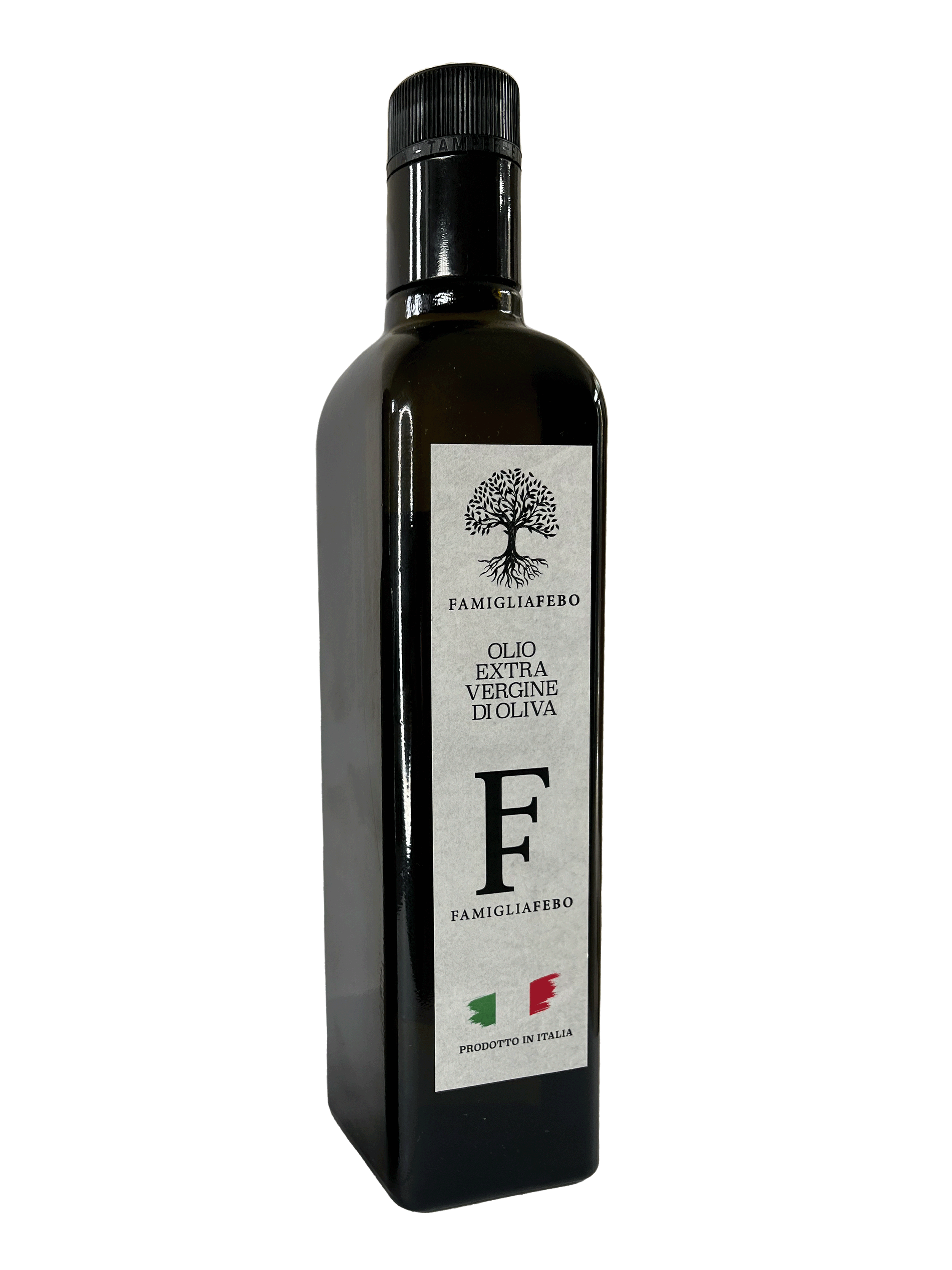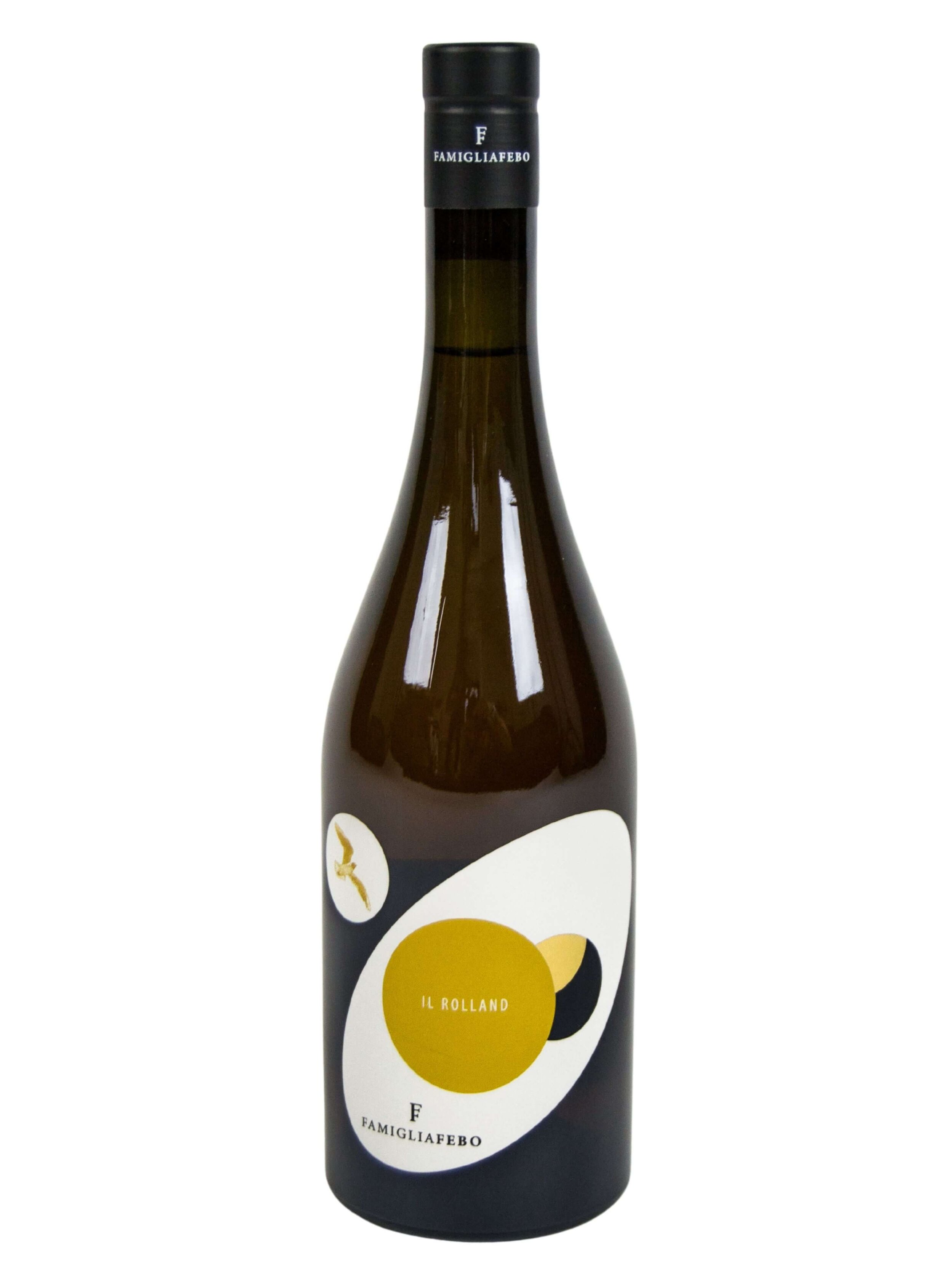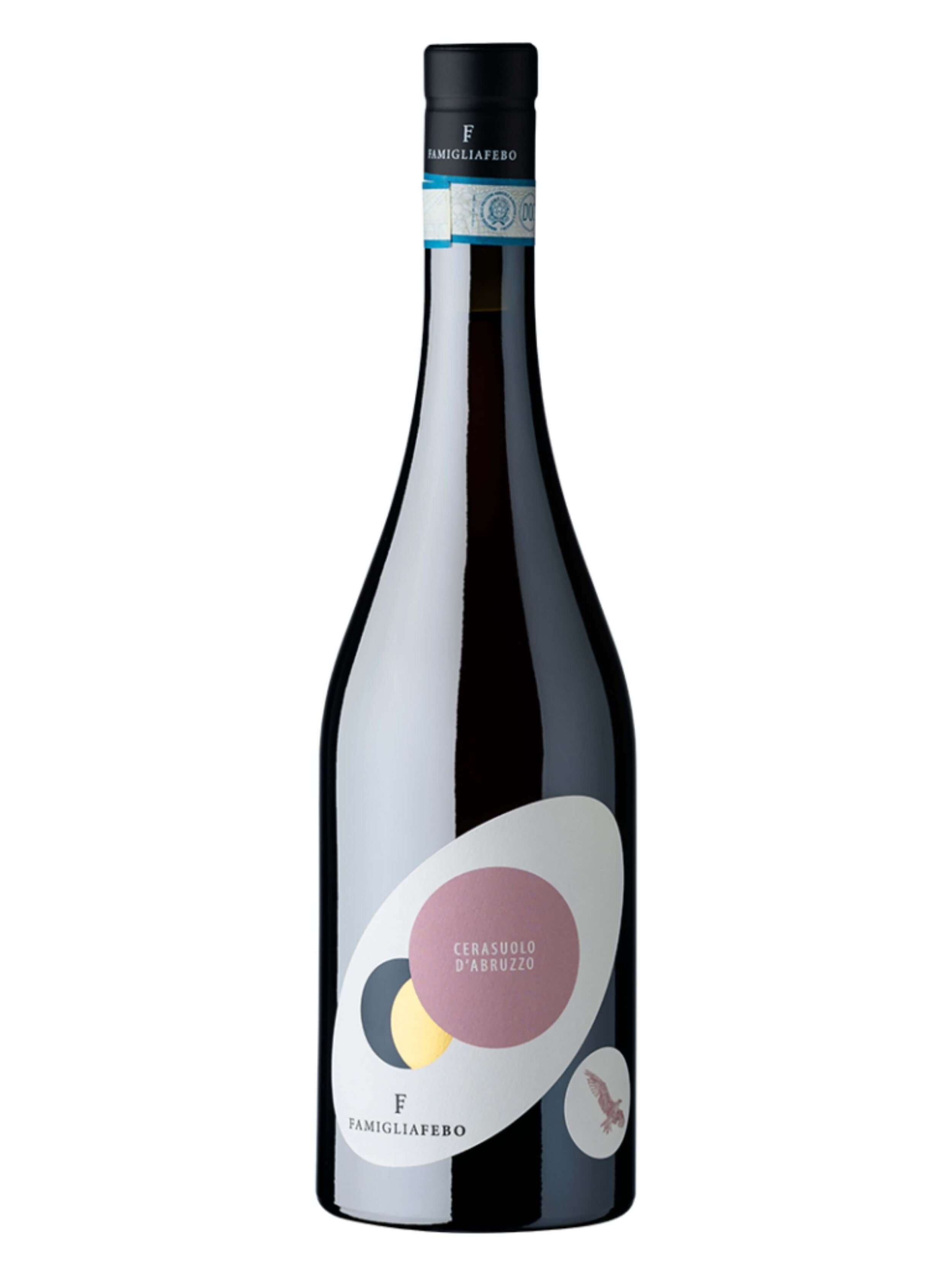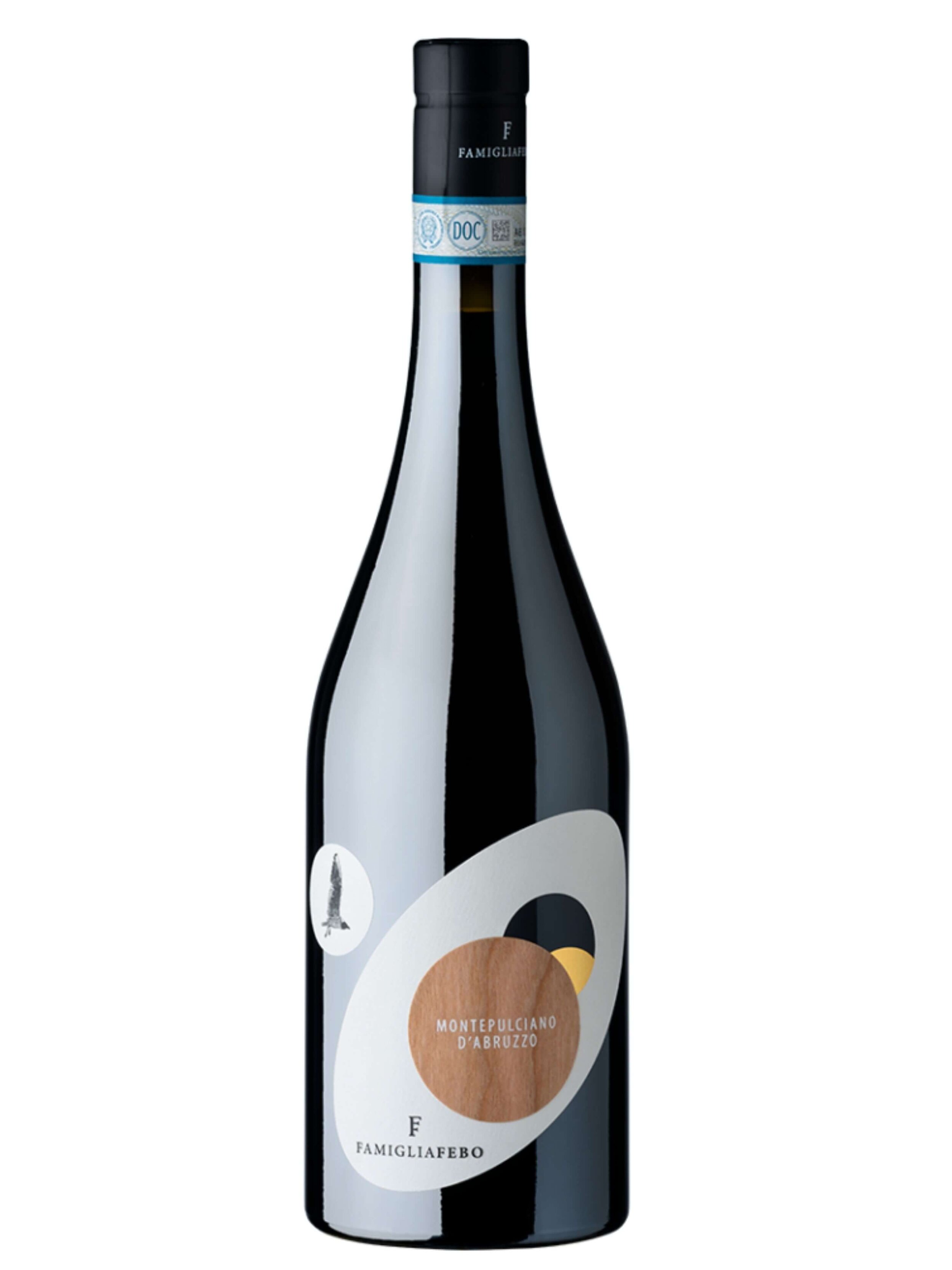A Cuisine Rooted in Farm-to-Table
Abruzzo, in Eastern Central Italy, is a land sandwiched between mountains and sea, as we covered in this previous article about Abruzzo. We also explored Abruzzese wines, with the natural wines and organic extra virgin olive oil of the Febo family winery in Abruzzo (learn their story here, or watch our VeroTalk with them here). Yet, despite there Abruzzo being a region with much immigration, including many Italian-Americans with origins in Abruzzo, Abruzzese cuisine is largely unknown in the US. Case in point, the popular '‘go-to’ book for Italian cuisine, “Di Palo’s Guide to the Essential Foods of Italy”, written by Lou di Palo, owner of Di Palo’s in New York’s little Italy, who is considered the “preminent Italian-food expert”, whose book is co-authored by a James Beard Fundation award-winning food author, Rachel Wharton, only has 1 very brief mention of Abruzzo in their book, while there are over 34 mentions of Siclian cuisine, 14 mentions of Piedmont cuisine, over 12 of Campania/Naples cuisine, 11 of Tuscan cuisine, 7 of Umbrian cuisine, 6 of Trentino cuisine, over 5 of Calabrese cuisine, … you get the picture. It’s time to put Abruzzese cuisine in the limelight! It has such varied and deep-seated culinary traditions and dishes to draw inspiration from.
Lamb arrosticini or skewers, cooked over a grill, popular in Abruzzese cuisine.
Abruzzese Food Traditions
Abruzzo’s culinary history is influenced by both the proximity to the mountains and the Adriatic sea, as well as the rich hilly lands used for agriculture and herding. Its most classic dishes are indicative of what in Italy is known as cibo dei poveri, or poor-man’s food. While their dishes were created by necessity, they also show the bounty of the land: this is literally what farm-to-table cuisine is all about! The Abruzzese cuisine is a blending of simple ingredients by local farmers and fishermen, and living by a waste-not-want-not mentality.
Because of the popularity of sheep herding and animal farms in the Abruzzese hills, the dishes which Abruzzo is known for have a base of lamb, sheep’s milk and cheese as well as eggs. Also vegetable dishes that can be pulled together from the family garden find their way onto Abruzzese tables.
Heading down out of the mountains towards the Adriatic, we see the coastal influence come into play, with fish-based soups, mussels, clams and other fish dishes.
What are some Dishes from Abruzzo?
Spaghetti alla Chitarra
While both beef and pork are popular meats in Abruzzo, they are famous for their lamb dishes, especially arrosticini, or lamb skewers. While found throughout Italy, these simple arrosticini are originally from the Abruzzo area. More complex dishes like Capra alla Neretese made from lamb or goat meat involve letting the meat stew with bell peppers and tomatoes until tender. Famous too is the ‘Ndocca ‘Ndocca, a classic waste-not-want-not stew made from pork offcuts that don’t make it into salami or meat cuts, such as the ears, muzzle and feet. Abruzzo also has a wide variety of salumi, or cold cuts, to discover too, both pork and beef based. As well, chickens found frequently on family farms produce the eggs that create a base for many dishes in the Abruzzese recipe book, with dishes like scrippelle 'mbusse , a type of egg frittata almost like a thin crepe served with chicken broth, being very traditional from this area.
Near the sea, cozze alla vastese, or mussels stuffed with breadcrumbs, garlic, and parsley are sometimes served with a light tomato sauce. Or one can find brodetto alla vastese, a traditional fish soup created with various types of fish found in the Adriatic. Other fish dishes, like seafood salads or marinated anchovies and sardines are popular and found frequently on Abruzzese tables.
Of course, like in all of Italy, pasta dishes are very popular, with one of the most recognizable from the region being Spaghetti alla Chitarra. So called because they are made with a device of tightly stretched strings resembling guitar strings. An egg based pasta dough, the pasta is first rolled out thinly, then placed over the ‘guitar strings’, and again rolled over, pressing the dough into the strings and using them to cut the pasta. These can then be dressed with your sauce of choice, from a light tomato and basil, or a creamy cacio e pepe pecorino and pepper based sauce. Fish-based toppings are also popular, like with shrimp, crab or langoustines.
Like most of Italy, dishes have a very marked seasonality, based upon what produce is fresh at the time of year. Fresh vegetables dressed with garlic are common to find. Most regions in Italy are not great lovers of garlic; for example, Piedmont, with the exception of the garlic based Bagna Cauda, uses very little garlic in day-to-day cooking. On the other hand, Abruzzo is a region that regularly uses garlic in its dishes. Bean based dishes are also popular, with Virtù, a bean and lentil soup, is one of the most recognizable dishes from the region.
Lastly, cheeses made from sheep’s milk are very traditional from Abruzzo as well. Pecorino, cheese made from sheep’s milk, is used commonly in many dishes, including as a garnish instead of parmesan. (Fun fact: pecorino in Italian means it is from a sheep, and it is also the name of a wine grape from Abruzzo.)
Pallotte Cacio e Uova, from the Febo Family.
Natural Foods, Natural Wines
The Febo winemaking family makes a natural wine from the pecorino grape, called Rolland, fondly named after their grandfather. Febo crafts a line of natural wines that can carry you through a whole meal of Abruzzese dishes:
Their trebbiano abruzzese white wine, Parella, goes great with fish dishes, like spaghetti alle vongole (spaghetti with clams) or sushi;
Their pecorino, Rolland, which tends toward an orange color, is richer and more rounder than the Parella; as such it can stand up to dishes that are often paired with red wine, like brodetto, a local dish which Davide Febo described at our VeroTalk that is made from many types of fish which are cooked differently before combining them into a tomato-based broth;
Febo’s Cerasuolo d’Abruzzo rosè. which is likened to a light red (and is great chilled, by the way) has great acidity and fruit and pairs well with eggplant parmesan;
As Laura Febo mentioned in our VeroTalk with her and her brother, their Montepulciano d’Abruzzo red wine is less tannic that your typical Montepucliano d’Abruzzo which allows it to pair with a whole meal, from appetizers to meat dishes.
Sipping on Febo’s natural wines will cover you for almost any Abruzzese dish you could desire.
Not to mention, they also craft an organic extra virgin olive oil, of which we convinced them to bottle their family’s stash, is pure and tasting with a black pepper finish. It is great with fresh bread, and to give flavor to a soup, pasta or fish dish, when drizzled over.
Try this recipe from the Febo family
In the Febo family, one of their favorite dishes is a simple dish called Pallotte Cacio e Uova, or meatballs with no meat! Vegetarian, this traditional dish is ‘meatballs’, but instead of meat, it uses eggs, breadcrumbs, and pecorino cheese, highlighting the Febo family’s history as farmers and sheep herders. Vero Chef Jacqueline tried this recipe out for herself, and was pleasantly surprised at the ease and deliciousness of this dish; if you want, you could use pre-purchased breadcrumbs instead of blending stale bread. The fried doughy balls were offset nicely by the acidic tomato sauce, and would pair with just about any of Febo’s wines!
Try the recipe out for yourself below, and taste a little bit of Abruzzo, wherever you are!
Pallotte Cacio e Uova - Abruzzese Meatless Meatballs
Cooking and Prep Time: 30 minutes -1 hour
Portions: 2 portions
Ingredients:
For Meatless Balls:
2 cups Stale bread
1 cup Pecorino cheese, grated
2 Eggs
2-3 tablespoons Milk
2-3 spoons Parsley, chopped
Salt/Pepper to taste
For Sauce:
½ Carrot, diced
½ Onion, diced
½ Bell Pepper, diced
1 Garlic Clove, chopped
2 cups Tomato Sauce
Suggested Wine Pairings
Natural Wines from Febo Winery:
Parella White Wine
Rolland Pecorino Wine
Cerasuolo d’Abruzzo Rosè Wine
Montepulciano d’Abruzzo Red Wine
Organic Extra Virgin Olive Oil
Procedure:
1. Sauté in a little olive oil the carrot, onion, and bell pepper. When soft, add the garlic and sauté another moment until all is soft. Add in the tomato sauce and let simmer, stirring occasionally, until thickened while you prepare the meatless meatballs.
2. Break your stale bread into manageable chunks and, in a food processor, blend the bread until it they are fine crumbs. In a bowl mix the crumbs, parsley, and pecorino cheese.
3. Add the eggs, milk and salt/pepper. Mix all well, kneading until it becomes a homogenous dough. Begin to roll pieces of the dough into ball shapes in the size of your desired ‘meat’balls.
4. In a saucepan or deep skillet, heat approximately 2 inches of olive oil. When ready to fry, gently add a few balls at a time, letting them cook for a few minutes, until golden brown. While cooking, if they are not completely covered by the oil, be sure to turn and move them frequently.
5. When cooked, gently pat away excess oil with a paper towel, then gently nestle the balls into the sauce. Let them simmer and cook together for 15-20 minutes before serving.
N.B. This recipe is courtesy of the Febo Family




